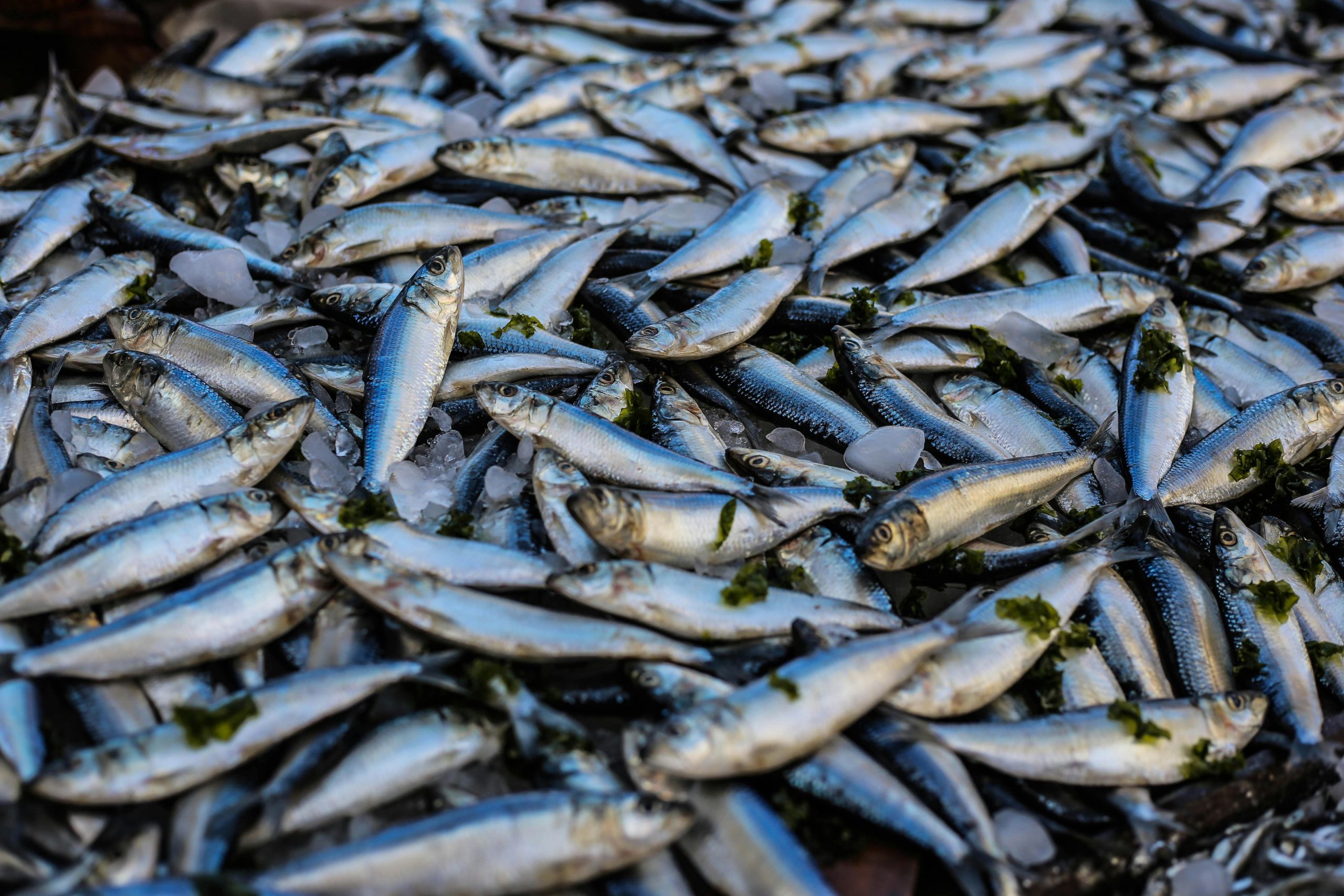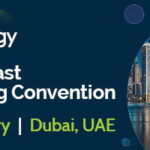Sustainable Fishing Practices: A Strategic Imperative for the Seafood Industry

The global seafood industry is at a pivotal crossroads. Overfishing, environmental degradation, and changing consumer preferences are reshaping the landscape of this vital sector. Sustainable fishing practices are no longer just a “nice-to-have,” but a strategic imperative for businesses seeking long-term profitability, brand reputation, and resilience in a rapidly changing world. Let’s delve deeper into the challenges, opportunities, and cutting-edge solutions that are shaping the future of sustainable seafood.
Overfishing: A Threat to Business Continuity and the Blue Economy
The consequences of overfishing are far-reaching, extending beyond environmental concerns. It’s a business risk that can disrupt supply chains, escalate costs, and jeopardise the livelihoods of millions dependent on the seafood industry. The collapse of the North Atlantic cod fishery in the 1990s serves as a stark warning. This once-booming industry, which generated billions of dollars annually and supported countless jobs, crumbled under the weight of unsustainable practices, leaving coastal communities economically devastated and marine ecosystems scarred.
The repercussions of overfishing don’t stop at economic losses; they ripple through the entire ecosystem. The disappearance of key species disrupts the delicate balance of the food web, leading to unforeseen consequences for other marine life. Additionally, overfishing can damage critical habitats like coral reefs, which are not only vital for marine biodiversity but also tourism and coastal protection.

The Business Case for Sustainability: Beyond the ‘Warm Fuzzies’
Embracing sustainable fishing isn’t just about environmental altruism; it’s a savvy business strategy with tangible benefits. Sustainable fisheries are inherently more resilient to environmental fluctuations, such as those caused by climate change or pollution. By ensuring the long-term health of fish stocks, these fisheries provide a stable and predictable supply of seafood, safeguarding against price volatility and supply disruptions.
Furthermore, sustainable fishing appeals to a growing segment of conscientious consumers who are increasingly concerned about the origin and environmental impact of their food choices. Aligning your brand with sustainable practices can enhance your reputation, differentiate you from competitors, attract new customers, and even command a premium price for your products. In an era where corporate social responsibility is paramount, sustainable fishing is a powerful tool for brand building and customer loyalty.
Key Components of Sustainable Fishing: A Deeper Dive
Sustainable fishing involves a multifaceted approach that considers ecological, social, and economic factors:
Science-Based Catch Limits: Quotas based on robust scientific data ensure that fish populations are harvested at a rate that allows for their replenishment. This is crucial for preventing overfishing and ensuring the long-term viability of fish stocks. For example, the International Commission for the Conservation of Atlantic Tunas (ICCAT) sets science-based catch limits for tuna species in the Atlantic Ocean, aiming to rebuild depleted stocks and maintain a healthy balance between fishing and conservation.
Selective Fishing Gear: The choice of fishing gear plays a significant role in minimising bycatch (the accidental catch of non-target species) and reducing habitat damage. For instance, the use of circle hooks instead of J-hooks in longline fisheries has drastically reduced sea turtle bycatch rates. Additionally, fishing nets with larger mesh sizes allow juvenile fish to escape, contributing to healthier populations and ensuring the sustainability of the fishery in the long run.
Marine Protected Areas (MPAs): MPAs act as underwater sanctuaries, safeguarding critical habitats such as spawning grounds, nursery areas, and biodiversity hotspots. They provide a refuge for fish to reproduce and grow, leading to healthier populations and increased biodiversity. Studies have shown that well-managed MPAs can lead to a spillover effect, where fish populations within the protected area increase and “spill over” into surrounding areas, benefiting both ecosystems and fisheries.
Traceability and Transparency: Robust traceability systems, such as those utilising blockchain technology, enable consumers to track the journey of their seafood from the ocean to their plate. This provides transparency into the fishing practices, ensures that products originate from sustainable sources, and builds consumer trust. The Fishcoin project, for example, uses blockchain to create a transparent and verifiable record of seafood origin and sustainability.
Ecosystem-Based Management: This holistic approach considers the complex interactions within marine ecosystems, including predator-prey relationships, habitat connectivity, and the impact of climate change. By taking a broader perspective, ecosystem-based management can ensure the health and resilience of the entire marine environment, rather than focusing on individual species in isolation. This approach is essential for maintaining a balanced and productive ecosystem that can support sustainable fishing practices.
Success Stories: Sustainable Fishing in Action
The Alaskan salmon fishery stands as a testament to the success of sustainable fishing practices. Through decades of science-based management, stringent catch limits, and habitat protection, Alaska has not only maintained healthy salmon populations but has also built a multi-billion dollar industry that supports thousands of jobs.
Technology: The New Frontier of Sustainable Fishing
Technology is revolutionising the way we fish, offering innovative solutions for more sustainable practices. For instance, artificial intelligence (AI) is being used to develop “smart” fishing gear that can identify and avoid bycatch. Cameras and sensors on fishing nets can help fishermen avoid catching unwanted species, such as sea turtles and dolphins. Satellite monitoring systems help track fishing activity and enforce regulations, ensuring compliance with catch limits and fishing restrictions. Blockchain technology is enhancing traceability, allowing consumers to verify the origin and sustainability of their seafood. The Fishcoin project, for example, uses blockchain to create a transparent and verifiable record of seafood origin and sustainability, giving consumers confidence in their choices.
Challenges and Opportunities
The path to sustainable fishing is not without its challenges. It requires collaboration across diverse stakeholders, from governments and industry leaders to fishermen and consumers. Illegal, unreported, and unregulated (IUU) fishing remains a major threat, undermining conservation efforts and jeopardising livelihoods. It’s a complex issue that requires international cooperation, stricter enforcement, and innovative technologies to combat.
However, the challenges also present opportunities for innovation and growth. The development of new technologies, the establishment of more robust governance systems, and the rise of consumer demand for sustainable seafood all contribute to a positive trajectory for the industry.
The global demand for seafood continues to rise, placing even greater pressure on already strained ecosystems. To meet this demand responsibly, the seafood industry must invest in innovation and collaboration. Initiatives like the Global Sustainable Seafood Initiative (GSSI) are working to establish a unified standard for seafood sustainability, making it easier for businesses and consumers to make informed choices.
Consumer Power: Voting with Your Wallet and Fork
As consumers, we wield tremendous power. By choosing seafood from sustainable sources, we not only support responsible fishing practices but also send a clear message to the market. Seek out certifications like the Marine Stewardship Council (MSC) label, which ensures that seafood comes from well-managed fisheries. Ask questions at the fish counter, support restaurants that prioritise sustainability, and spread the word about the importance of responsible seafood choices. Your choices today can have a ripple effect, shaping the future of the seafood industry and the health of our oceans.
Conclusion: A Sustainable Future for Seafood
The seafood industry is at a pivotal moment. By embracing sustainable fishing practices, adopting innovative technologies, and prioritising environmental stewardship, businesses can thrive in a changing world while ensuring the long-term health of our marine ecosystems. It’s a win-win scenario where responsible practices lead to a stable supply of seafood, increased profitability, and a healthier planet.
The transition to sustainable fishing requires a concerted effort from all stakeholders – governments, industry leaders, fishermen, scientists, and consumers. By working together, we can create a future where both our oceans and our businesses flourish. The choice is clear: sustainable fishing is the only way to guarantee a future where both our plates and our planet are full of life.
References
- Food and Agriculture Organization of the United Nations (FAO). (2022). The State of World Fisheries and Aquaculture 2022. Rome. https://www.fao.org/3/cc0461en/cc0461en.pdf
- International Commission for the Conservation of Atlantic Tunas (ICCAT). https://www.iccat.int/en/
- Marine Stewardship Council (MSC). https://www.msc.org/
- National Oceanic and Atmospheric Administration (NOAA) Fisheries. https://www.fisheries.noaa.gov/
- Global Sustainable Seafood Initiative (GSSI).. https://www.ourgssi.org/















